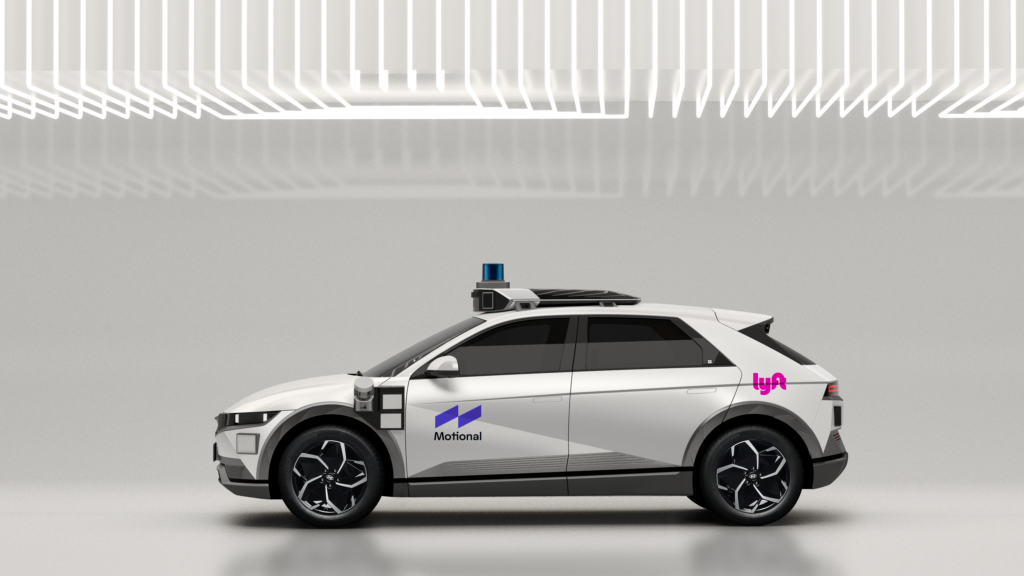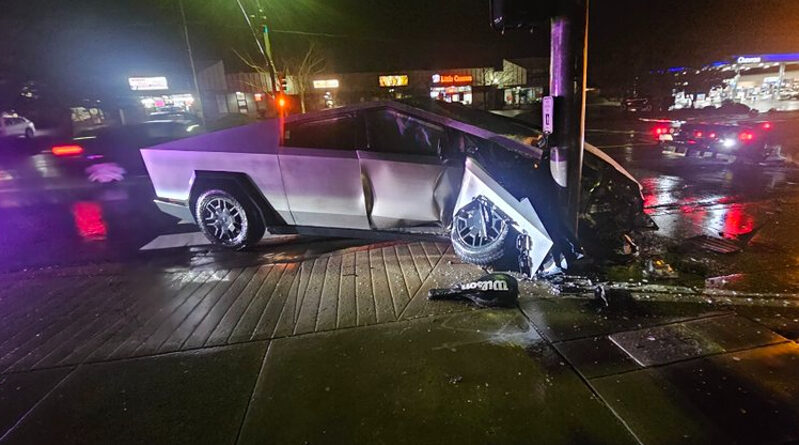Automated driving is accelerating in some cities while raising concerns in others. Lyft has announced plans to launch a robotaxi service in Dallas by 2026, while Tesla’s Cybertruck Full Self-Driving (FSD) mode is making headlines for the wrong reasons. A recent crash involving a Cybertruck hitting a pole has fueled skepticism about the safety and reliability of autonomous driving software.
With Intel’s Mobileye and Japan’s Marubeni, Lyft aims to bring thousands of autonomous vehicles to U.S. cities. Meanwhile, Tesla faces scrutiny from regulators over self-driving failures, with the National Highway Traffic Safety Administration (NHTSA) investigating Tesla’s FSD after multiple accidents. While automated driving technology advances, the gap between vision and real-world performance remains clear.
What’s Happening & Why This Matters
Lyft’s Robotaxi Ambitions
Lyft plans to introduce a large-scale autonomous vehicle (AV) service in Dallas by 2026. The company will rely on Intel’s Mobileye self-driving system and Marubeni’s extensive fleet, which includes 900,000 vehicles worldwide. CEO David Risher says Marubeni is determined to lead the AV revolution and sees this partnership as a key step forward.

Lyft’s robotaxi rollout will start in Dallas, but the company plans to expand into more cities. It will also leverage Flexdrive, its subsidiary that links drivers with rental vehicles. This move positions Lyft in direct competition with Uber, which is already testing Waymo-powered robotaxis in Austin. Tesla is also entering the market with plans to launch its unsupervised FSD service in Austin in June.
While competition in the AV space is intensifying, the key challenge remains public trust. Past failures from companies like Cruise, which faced a major setback after its robotaxis was involved in accidents, have made municipal regulators hesitant to approve mass rollouts.

Tesla Cybertruck Crash Raises Concerns
Tesla’s Full Self-Driving software is designed to handle complex road scenarios, but a recent crash involving a Cybertruck has raised safety concerns. The vehicle, driven by Jonathan Challinger, collided with a curb and light pole while running Tesla’s FSD software. The driver claims the system failed to detect lane-merging arrows and made no attempt to slow down, severely damaging the front-end.
Challenger admits he was not paying full attention, illustrating the danger of over-reliance on automation. Tesla’s FSD system issues warnings if drivers stop paying attention, but some users become too complacent, assuming the technology is flawless. Tesla states that its vehicles are safer than human drivers, yet the NHTSA is investigating Tesla’s self-driving software after four crashes occurred in low-visibility conditions.
Data from the NHTSA shows that Tesla vehicles accounted for 40 out of 45 fatal self-driving crashes reported before October 2024. Critics argue that Musk’s push for self-driving dominance comes at the cost of real-world safety concerns. Tesla, however, maintains that FSD-equipped cars have fewer accidents per mile than human-driven vehicles.
Regulatory Scrutiny and Public Trust Issues
The future of automated driving depends on trust and regulation. The NHTSA continues investigating Tesla’s FSD failures while government officials debate self-driving accident reporting rules. Former President Donald Trump has considered scrapping mandatory reporting, which would reduce transparency on AV-related accidents.
As companies like Lyft, Uber, and Tesla race toward a self-driving future, real-world performance remains the biggest test. While Lyft’s partnerships and city expansion plans show progress, Tesla’s Cybertruck crash underscores lingering software flaws that must be addressed before widespread adoption.
TF Summary: What’s Next
Lyft is pushing ahead with its robotaxi expansion, while Tesla faces scrutiny over Full Self-Driving crashes. As competition heats up, the future of AVs depends on their ability to earn public trust and meet safety regulations. With the NHTSA continuing investigations and ride-hailing giants investing in autonomy, the next few years will determine whether self-driving cars will become mainstream or remain a niche experiment.
— Text-to-Speech (TTS) provided by gspeech


